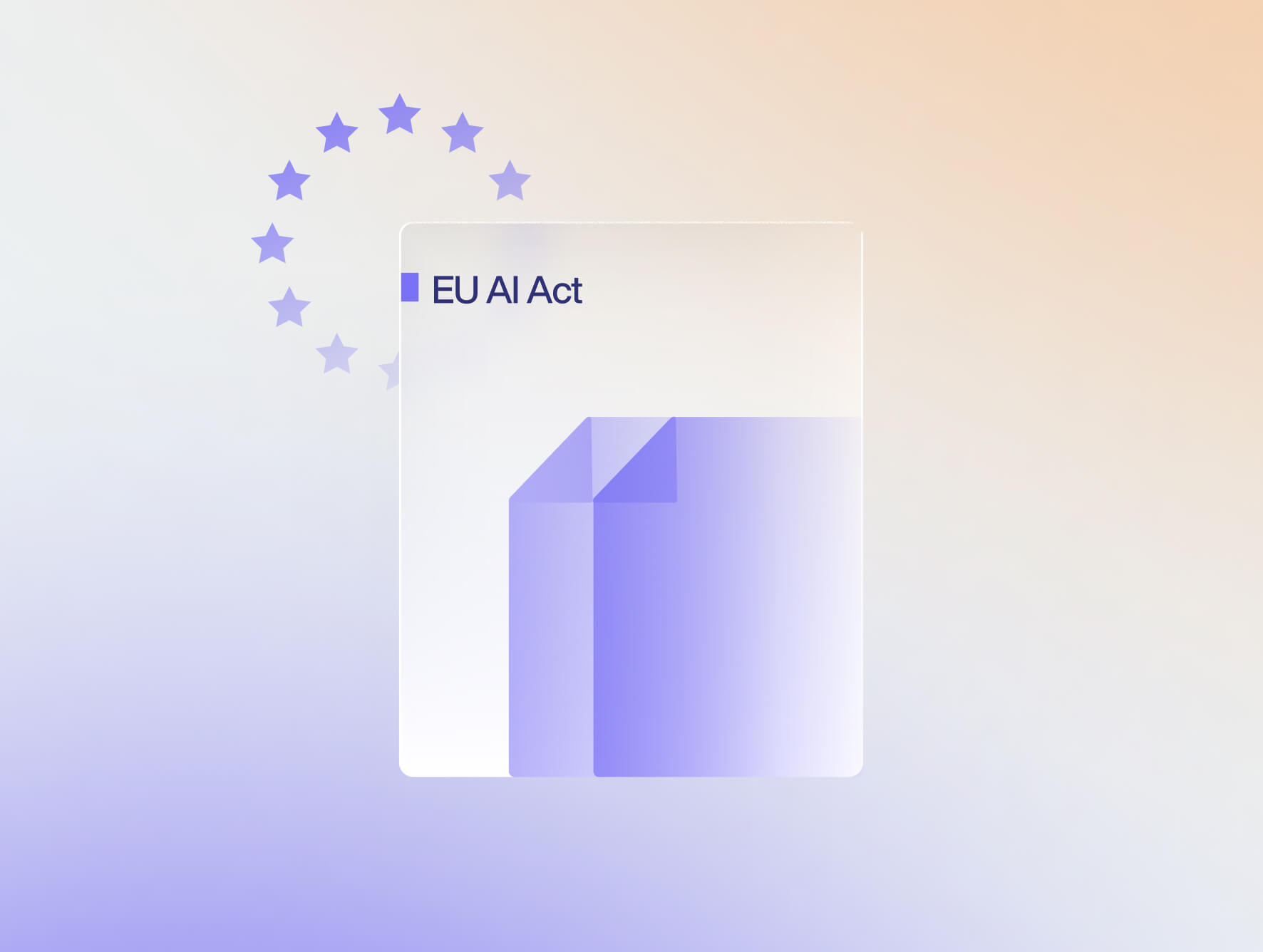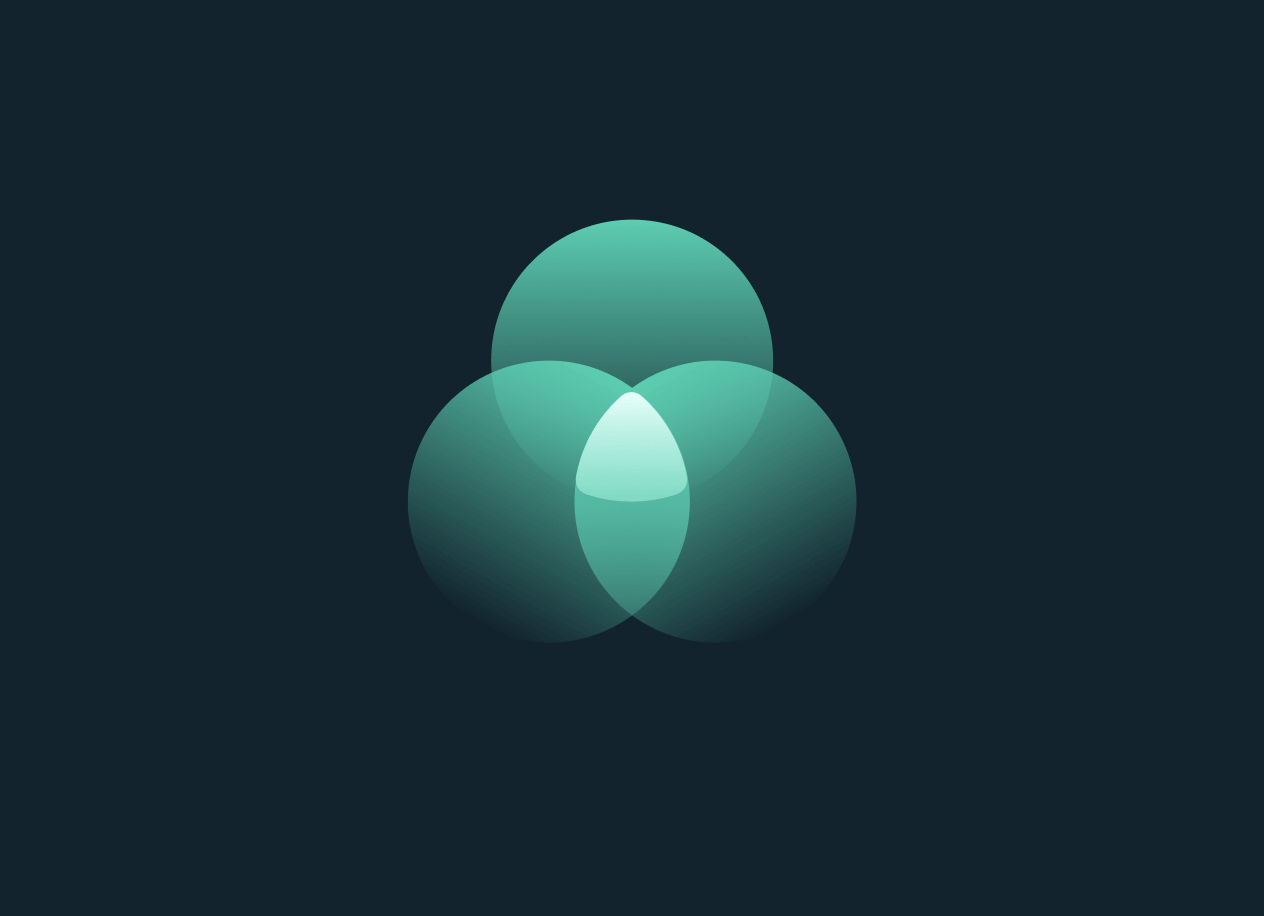A remote Australian mine is seemingly achieving the impossible in breaking gender barriers in the workplace.
South Flank, a BHP iron ore mine in Western Australia, has achieved an impressive gender balance. 40% of its frontline employees and four out of its six senior managers are women. The ILO (International Labor Organization) defines gender balance, “both in the general workforce or among senior managers”, as 40-60% in either gender.
Compare these figures with inclusivity in other traditionally male industries, which fall short of South Flank. In the US, for instance, women make up only 10.9% of the workforce in construction, and just 7% of its line executive positions. Further, the International Labor Organization (ILO) found women rarely make up more than 10% of workers in mining.
Harvard Business Review’s South Flank case study reveals remarkable success in a male-dominated industry. But how has BHP created a gender-balanced workplace, and is it sustainable?
Achieving gender equality in mining
Let’s explore the context further to understand the significance of South Flank.
Progress in achieving gender equality in mining is slow. The International Institute for Sustainable Development reports a 17% gender pay gap in the Australian mining sector, compared to a national pay gap of 13.3%.
Barriers to achieving gender equality highlighted in the South Flank case study include:
- “Backlash” from men who believe they are at a personal disadvantage by attempts to overturn the disadvantages faced by women.
- Opponents to change claim that women are uninterested or unsuited to successfully perform high-paying operational jobs or maintain heavy machinery.
South Flank’s environment is hostile in every sense. Located in one of the hottest and remote places in Australia, it is over 800 miles – or a two-hour flight – from Perth, the nearest major city. Employees work eight days of 12-hour shifts, followed by a six-day break. Yet, with the support of its leadership, BHP is fostering the development of an inclusive and positive culture.
Breaking gender barriers: 5 strategies for inclusivity
South Flank case study identifies five key components to achieving gender balance:
Senior leadership engagement and gender equity targets: BHP reports that gender-balanced teams are more productive, more engaged, and safer, but gaining buy-in takes time. The support and engagement of senior leadership is a vital part of the process. One way BHP achieves this is by setting gender equity targets, partly through recreating entry-level roles. That change alone enables South Flank to hire women from diverse backgrounds and equip them with appropriate skills.
Support for innovation: Without a blueprint, BHP has figured out its own route to gender equality in mining. As well as gender equity, innovation includes investments in equipment modification to support different body types, and create a culture of inclusivity.
Investing in inclusivity: Attaining inclusivity in traditionally male industries requires a radical approach. To create a safer working environment and help employees make connections, South Flank’s leadership aims to create a village-like culture. An ambitious social program includes extensive sports facilities and cookery classes, coupled with limits on alcohol consumption.
Adopting a data-driven approach: As we have previously highlighted, psychological resistance to achieving workplace DEI includes “status threat”. Status threat manifests in resistance to organizational change from majority groups, who benefit from being in that category. The South Flank case study reveals BHP’s use of data-driven methods to prevent exclusionary behavior through its Active Bystander program.
Achieving gender-balance is a process: As the US Nike lawsuit and Goldman Sachs settlement demonstrate, overcoming systemic bias and sexism in the workplace is a challenge. Transforming embedded masculine workplace norms requires a long-term commitment to sustainable change.
Gender equality in mining and beyond
Gender equality in mining is not easily achieved, or maintained, but to quote the authors of the South Flank case study:
“If a remote mine in Western Australia can achieve a 40% female workforce, and over 60% in senior leadership… this can be done by any business”.
While possible, it requires deep engagement and sustained effort from senior leaders. For BHP that means the establishment of an Inclusion and Diversity Council to realize its gender balance goals. Company leaders are also committed to creating a culture where employees are “free to truly be who they are”.
Their approach is working. In May 2023, the company also announced a 31.4% gender balance at its Escondida mine, in northern Chile. Escondida is on track to achieve 40% by 2025.
Taking steps to breaking gender barriers
The World Economic Forum’s 2023 global gender gap report says that at the current rate of progress, it will take 131 years to reach full parity. Moody’s Analytics data suggests a similar time to close the gender pay gap.
The stark reality is that women are unlikely to see pay equality in their working lifetimes. The mining industry is not alone in its issues. In addition to the construction industry figures above:
- Women comprise only 5% of people working in the skilled trades in Canada.
- Only 8% of working women in Europe are employed in male-dominated industries. Nearly one-third of the working population consists of men working in male-dominated occupations.
- In the US, occupational segregation contributes to wage gaps where a demographic group is over- or under-represented in specific job categories. For instance, one-third of jobs in the service industry are occupied by Latina women, which are typically lower paid roles.
Pay equity and DEI (diversity, equity, and inclusion) are inseparable. The journey to gender balance begins with understanding the extent of pay disparities in your organization. Here’s how to get started:
Commit to DEI: A commitment to DEI embraces core values of equality and freedom and is inseparable from pay equity. Measuring and monitoring the effectiveness of DEI initiatives is vital for organizations committed to creating inclusive, gender balanced cultures. Discover the 7 metrics for monitoring the effectiveness of DEI initiatives.
Start with a pay equity audit: Working with Trusaic can help you to identify pay disparities in compensation structures. Your first step is to carry out a pay equity audit. Trusaic Payparity conducts an audit across your workforce at the intersections of gender, race/ethnicity, age, disability, and more in one statistical regression analysis. Intersectionality examines multiple factors or demographics that affect pay, to give a true picture of pay disparities in your organization.
Speak to one of our pay equity experts today.









